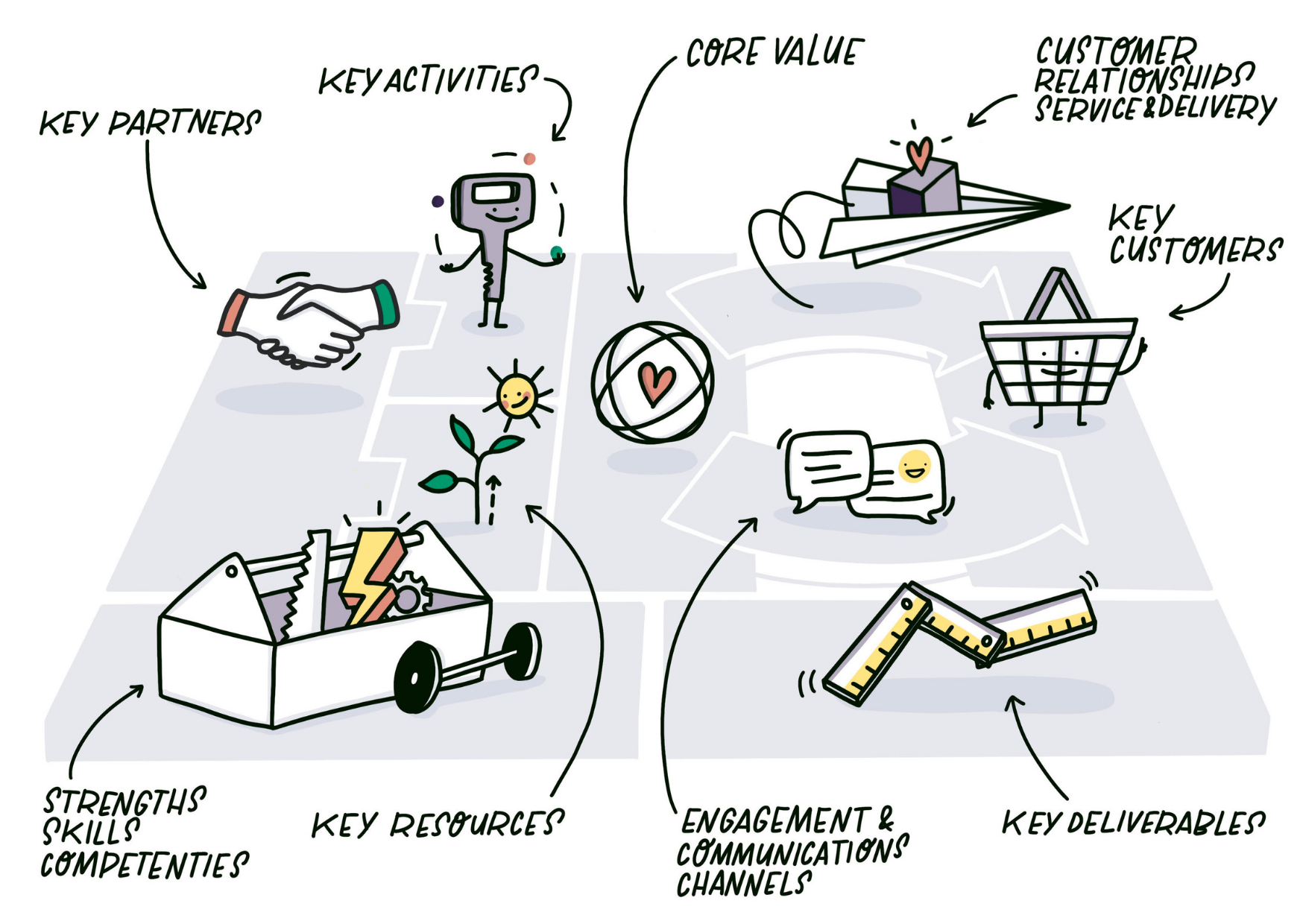“Any customer can have a car painted in any colour that he wants as long as it is black?”
Do you know who said this?
Many of us may recognise this as a quote which attributed to Henry Ford, the founder of the Ford Motor company.
Ford made this comment in relation to the Model T car in 1909. Despite lobbying from his sales and design team, Ford was adamant that his company should save costs and leverage efficiencies by only offering one type of chassis and one colour of car. And that colour was black.
In his autobiography, Ford stated that his rational was that 95 per cent of potential car purchasers were not interested in the colour of their car and that they should be focusing on these consumers rather than the 5 per cent – labelled by Ford as the ‘special customers’ – who were potentially interested in a more distinctive look.
There is no denying that Henry Ford’s approach was successful; when the final Model T ran off the production line on 25 May 1927, over 15 million cars had been produced. Whilst it is difficult to challenge the success of Henry Ford’s original thinking, it’s certainly fair to say that the one-size-fits-all approach is not shared by modern car manufacturers and does not remain at Ford today.
In the past, car manufacturers and designers approached heterogeneity and diversity amongst their customers as a problem or business challenge to overcome.
Over time this mindset has shifted and manufacturers are increasingly recognising that responding to and tapping into individual preferences is a source of competitive advantage.
People who want a wider range of purchasing and personalization options are no longer thought of as demanding. To encourage and enable people to choose the options for their cars, showrooms can now be thought of almost as personalization centres set up to create a customized car-buying and driving experience.
As well as being able to see and drive test and show cars, some showrooms now offer people the opportunity to use immersive technology to configure their cars. Having put on a virtual reality (VR) headset, customers of Volkswagen, Audi, Tesla and Toyota are now able to see, feel and hear what their final car will look like.7 Using augmented reality (AR) it’s now possible for customers to use their smartphone or tablet to project what their car will look like sitting on the driveway of their house.Why work should come in any colour
Why work should come in any colour
Unfortunately many organisations, leaders and managers view work, people, jobs and employee with the same eyes and dogma as Henry Ford.
They see difference and diversity as a threat to productivity and effectiveness. They tend to box people in rather than setting them free.
HR is often complicit in this too. We design detailed job descriptions which tend to tether people into fixed ways of working rather than trusting them to shape their roles (we’ve created an alternative to job descriptions). And we often subject requests to change or alter aspects of a job to formal scrutiny to determine whether or not they are ‘reasonable.’
In reality research overwhelmingly shows that when people are trusted to shape their work, they do so in a positive and constructive way. And in ways that benefit their colleagues and customers too.
A diverse range of organisations including Virgin Money, Logitech, Widerøe Airlines and Connect Health have all reported benefits from enabling and encouraging job crafting as a practice and creating a more personalized people experience through applying concepts such as job crafting.
It’s time to bring this personal touch to work.
Allowing people to personalise their roles, brings reality to the rhetoric that organisations want people to bring their whole and best selves to work. Rather than treating employees’ diverse strengths, passions and experiences as a threat to be controlled, genuinely people-focussed organisations can use this as a source of competitive advantage.
Not only does evidence suggest clear business benefits of creating a more inclusive and human approach to working, it is just fundamentally and morally the right thing to do. Afterall, work should not just be black. It should come in any colour.
If you are curious about exploring these ideas further you might ask yourself:
Does your organisation genuinely treat diversity and difference amongst people as a threat or an opportunity?
Are people able to personalise their experiences as work? It this open to all, or to use Ford’s analogy only ‘special employee’ such as those in management
Do you create job descriptions and role profiles that limit rather than unlock the potential of colleagues?
If you want to explore these questions further get in touch. You might also find the following resources useful.
The Job Canvas: A digital upgrade to the job description. Developed to support modern, flexible working practices.
Job Crafting: A concept that enables people to personalise their work and align their strengths and skillset to their job.






























